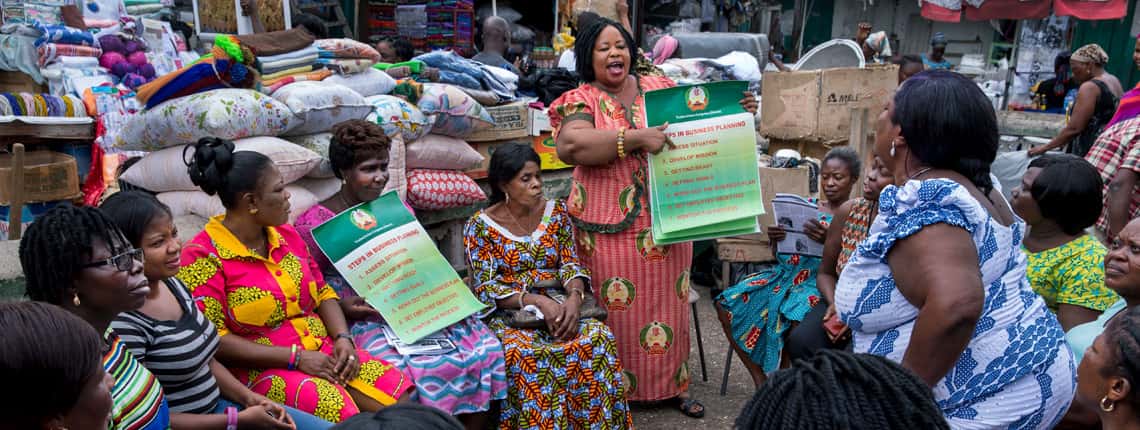As global inequality rises in many places around the world, creating more inclusive cities comes with increasing challenges.
Informal workers know these challenges all too well as they struggle to earn livable incomes often without legal and social protections. Evidence shows that supporting informal employment can actually help address poverty issues, thereby reducing inequality gaps.
But workers often face hostile situations in their everyday work, including from the governments that could be supporting their pathway out of poverty.
Turning the tides on the current inequality trends will require urban policymakers to think outside the box. Our team and network membersacross the Global South have been experimenting to test what works in the effort for equality.
Here are three steps that could be powerful catalysts in making “cities for all” a reality in 2019.
#1 Develop participatory platforms so all voices can be heard.
It’s hard to make “cities for all” without a clear understanding of what all residents need. Informal workers are among cities’ poorest citizens and are often in need of the greatest support. However, they often go unheard and unseen at decision-making tables.
Developing participatory platforms can be important game changers to ensuring policymaking meets ground reality. These platforms can come in many forms — round-table discussions, workshops or formal meetings — but the important point is that a space is provided for new and different voices from underrepresented groups to be heard by city authorities.
In Accra, Ghana, one of WIEGO’s Focal Cities, a ground-breaking dialogue between city officials and street vendors who had been struggling with widespread evictions came together to discuss a way forward. Read about the steps they collaboratively devised.
#2 Ensure working poor are included in municipal budgets.
If money really does equal power, it’s easy to see why the working poor’s needs get left aside in budget making. Beyond the lack of representation, budgets are also complex and often opaque to the average resident. Demystifying the process can lead to greater understanding for informal workers, who can then raise specific needs and concerns with policymakers.
On the other hand, policymakers need to understand that the informal economy is diverse and that women are often among the lowest earners. That means that special attention needs to be made to ensure budget allocations address this great diversity. Read more about the varying needs of informal workers in this article.
At WIEGO, we’ve developed a method for opening up municipal budgets with the Informal Economy Budget Analysis (IEBA). These reports break down government budgets to see how they address the needs and interests of different groups of informal workers. They also explore what opportunities exist for informal workers (or their representatives) to participate at different stages of the budget process. Read our most recent budget brief from Greater Monrovia, Liberia.
#3 Engage with membership-based organizations of informal workers.
The only way for any of these ideas to have impact is if workers have a strong, collective voice.
Across the globe, informal workers have been organizing into membership-based organizations to increase their voice and visibility. WIEGO has supported these organizations with research, statistics and training. Worker leaders are informed and prepared to be key players in partnering with municipalities to create more equitable cities.
Our new publication, “Collective Bargaining in the Global South: Where and How It Takes Place,” provides important insights into how groups of workers, such as home-based workers and street vendors, attempt to tip the balances of power by negotiating with the powerful actors that impact their lives, including, most often, local governments. Read these important case studies here.
What are the next steps?
With timelines ticking for UN-Habitat’s New Urban Agenda (NUA) and the 2030 Sustainable Development Goals, it’s time to see formalized avenues for inclusive engagement on the municipal level. These types of engagement — from platforms to inclusionary budget making — are doable and effective.
Now that these important guiding principles are in place, it’s time to see real changes at the local level in 2019.
Para leer este artículo en español, vea aquí.
Feature image: Jonathan Torgovnik/Getty Images Reportage
